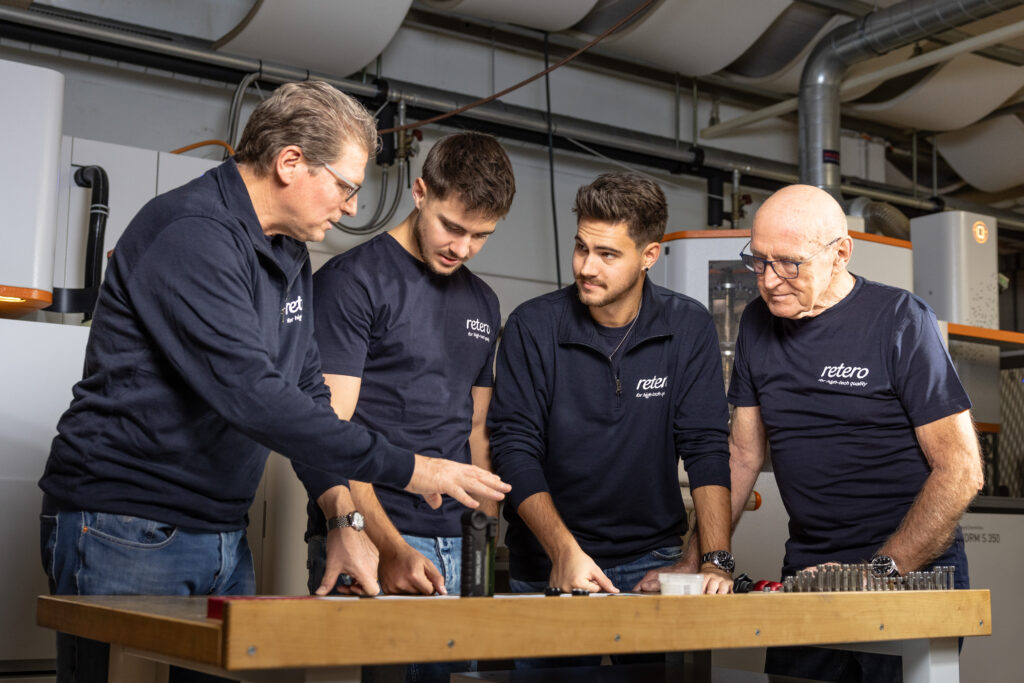
Micromachining at Retero: Precision at micrometer level
At Retero GmbH, we have made micromachining of high-precision metal components our exclusive strategic focus. Our aim is to impress our customers with outstanding quality that meets even the most demanding requirements.
Micromachining is becoming increasingly important in medical technology, the watchmaking industry and precision engineering, as components are becoming smaller and the requirements for precision are increasing exponentially. This is exactly where we come in: With over 20 years of experience in micromachining, we are leading experts in the production of high-precision components with the tightest tolerances in the micrometer range.
Using fine wire EDM (micro-EDM), we rely on the most precise processes currently available on the market for machining metals of any hardness. Thanks to our unique micromachining expertise, we enable high-end customers worldwide to realize extremely challenging projects with a level of precision otherwise unattainable. Rely on Swiss precision and cutting-edge processes that make Retero GmbH synonymous with the highest standards in micromachining.
Retero GmbH is certified to ISO 9001 and ISO 13485 (medical device certification) by the Swiss Association for Quality and Management Systems.
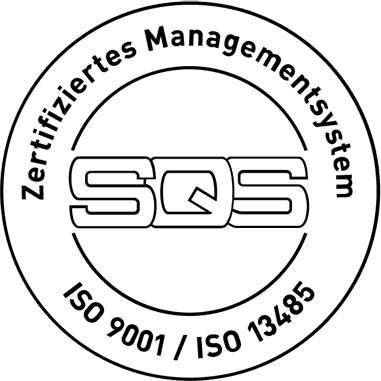
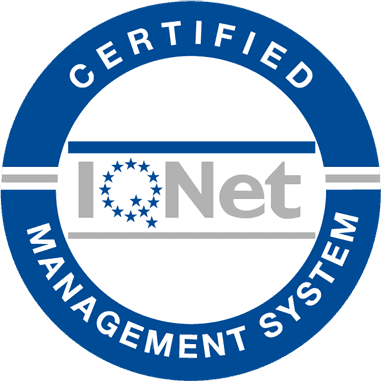

Micromachining at Retero
At Retero, we define micromachining as the production of components with exceptionally small dimensions and the strictest precision requirements at the micrometer level.

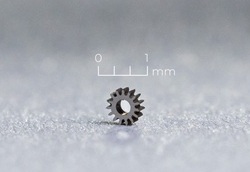

Imagine you need the finest gears for a high-end watch, where the holes must be smaller than a human hair (∅ 0.1 mm) and the geometry must be manufactured with deviations below 0.002 mm (2 µm). These are challenges in micromachining that we master every day at Retero.

Micromachining production methods
Micro EDM
Retero’s Micro EDM (also known as Fine Wire EDM) cuts the most delicate contours in the micro and nano range. With wire – diameters down to Ø 0.02 mm, we achieve cutting accuracies of up to ± 0.001 mm. The process is ideal for the hardest metals such as titanium or medical-grade stainless steel (Inox) and delivers burr- and stress-free results for high-precision micro components.
Die-Sinking EDM (Sinker EDM)
Die-Sinking EDM enables the shaping of metal parts using electrical discharges. It creates high-precision cavities and complex 3D contours in the hardest conductive materials with tolerances of up to ± 0.001 mm and a surface roughness of up to Ra 0.06 (mirror-polished). The non-contact process avoids distortion, stress cracks and burrs, ideal for fine components with high surface quality.
EDM Drilling
EDM Drilling (Start-hole EDM) creates precise micro holes smaller than Ø 0.1 mm in the hardest materials. It enables extreme depth-to-diameter ratios (e.g. 2 mm depth for diameters of Ø 0.1 mm, which corresponds to 20xD). This non-contact process creates stress-free micro holes, ideal also for removing broken tools from drilled holes.
Precision Laser Cutting
Precision Laser Cutting from Retero combines high accuracy with efficiency for complex geometries. The non-contact laser beam cuts thin to medium material thickness ranges with tolerances of up to ± 0.005 mm. It enables very fine cuts and complex internal contours without mechanical stress or significant material deformation. This results in clean, dimensionally accurate components with high cutting quality and short lead times.




Applications
- Micro bores
- Micro gears
- Micro forceps
- Dental implant gauges

This might interest you
-
Applications in medical technology
Medical technology is driven by a clear trend towards ever smaller components. From miniaturized implants to high-precision surgical instruments and innovative diagnostic systems, the demands on manufacturing precision are increasing exponentially. Minimally invasive procedures reduce tissue trauma and accelerate patient recovery. This requires the finest surgical tools, which must be manufactured precisely and reliably on a microscale, and this is where Retero GmbH can support you. With over 20 years of experience in micromachining, we are leading experts in the production of high-precision components for medical technology. We are familiar with the challenge of biocompatible metals and have a deep understanding of the special requirements of medical technology. Fine wire EDM (micro EDM), our core competence in micromachining, is ideally suited for this purpose. It enables us to machine metals of any hardness contact-free, without thermal or mechanical impact. Retero GmbH is certified in accordance with ISO 13485. This certification confirms our full traceability, validated processes and strict documentation, which are essential for the quality of your medical products.
-
Future technologies
With increasing demand for precision and miniaturization, micromachining is in a constant state of flux, always on the lookout for even finer machining methods. A pioneering approach is the integration of micromachining, such as fine wire erosion, into additive manufacturing (3D printing). This combination allows complex microstructures to be integrated directly into printed components. In addition, micromachining is also used in nanotechnology to produce ultra-precise structures in the nanometer scale, which are of crucial importance in areas such as sensor technology, photonics and biotechnology.
-
Quality assurance and traceability
At Retero, we always strive for the highest quality to impress our customers with our expertise. We therefore rely on state-of-the-art quality assurance systems. Our Keyence measuring machine enables non-contact 3D measurements with sub-micrometer precision in fractions of a second. This ensures complete traceability and high-precision quality control of your micro-components. In addition, Retero is certified to ISO 9001 and ISO 13485. This means that our processes are subject to strict international standards for quality management and medical technology. For you, this means guaranteed process reliability, maximum precision in every part and complete traceability throughout the entire product life cycle.
Our ISO 9001 and 13485 certifications confirm what we uphold every day.
We comply with strict quality management regulations both for products that must meet official requirements and for the manufacture of medical device. We rigorously follow standardized production processes and detailed documentation requirements.
Our expertise & solutions. Your advantages.
Thanks to years of experience, meticulous analysis and continuous improvement of our technologies and manufacturing processes, we can produce micro parts made of ceramics and hard metals. We achieve what many conventional manufacturers consider impossible.
Top quality with the tightest tolerances? No problem for us.
We manufacture miniature parts with unparalleled precision and quality, exactly to customer specifications. It is a point of pride for us to ensure the best possible execution and minimal tolerances.
We work with you proactively, from R&D through to series production.
At Retero, our experts support you from development to successful series production. We see ourselves as your long-term partner, continuously optimizing your production processes together with you. Together, we aim to save time and costs through smart process optimization while improving the quality of your components. Both you, our customer, and we, your manufacturing specialist, benefit from more efficient processes.
Does your project require precision and micro-expertise that no one else can offer? Contact us and experience our comprehensive in-house production capabilities.

What our customers say about us
Trustindex überprüft, ob die Originalquelle der Bewertung Google ist. Retero ist DER Partner im Bereich Mikrobearbeitung wie Feindraht- und Drahterodieren. Eine tolle Firma mit Kompetenz. Schweizer Qualität!Gepostet aufTrustindex überprüft, ob die Originalquelle der Bewertung Google ist. Microbearbeitungs Profi mit höchster Präzension. Sehr zu empfehlen!Gepostet aufTrustindex überprüft, ob die Originalquelle der Bewertung Google ist. Retero ist in der Mikrobearbeitung wie Feindraht- und Drahterodieren, Präzisionslaserschneiden sowie im Stanz- und Biegewerkzeugbau ein unschlagbar Partner. Die hohen Erwartungen an die Qualität der Werkstücke wird Retero in allen Belangen gerecht.Gepostet aufTrustindex überprüft, ob die Originalquelle der Bewertung Google ist. Innovative Fertigung und tolle Projekte!
Questions and answers
In a nutshell: Micromachining is the precise processing of materials in the micrometer range for the production of tiny structures and components. Micromachining is an important branch of industry in our society. As even minor changes to small workpieces have a major impact, it is all the more important that micromachining is characterized by high quality. This means that small workpieces can be produced and customized using various processes. Micro-erosion is used to create tiny holes and produce small parts. This is mainly done with workpieces made of ceramics or carbide, hardened steels, steel, alloyed steels, stainless steels (e.g. INOX) and non-ferrous metals. With the help of this process, the smallest bores with diameters of 0.13 mm, for example, can be eroded. Micro gear wheels for clockwork parts or injection molds for the production of plastic parts can also be manufactured. All this even in the smallest dimensions. When fine wire eroding micro parts, the need to clamp the micro parts results in self-produced clamping devices that are used to hold the small components in place. The accuracy of a part to be manufactured is therefore directly dependent on the accuracy of the clamping device. Tolerances of +/-0.001 and surface qualities of Ra 0.01 / N2 can be achieved with fine wire erosion. In addition, the smallest bores with a radius of 0.06 mm can be produced using start hole shooting. The smallest contours and parts with material thicknesses of 0.02 - 1.5mm can also be cut in the field of precision laser cutting. Precision laser cutting can be used to process many materials such as titanium, stainless steels, alloyed and unalloyed steels, non-ferrous metals such as copper, brass and bronze as well as various types of plastic. The areas of application for the parts produced in micromachining are very diverse and range from the electrical industry, the watch industry and injection mold construction to the ophthalmic industry (eye surgery instruments) and many other sectors. These can be gear wheels for a drive mechanism, for example, or injection-molded plastic gear wheels whose metal injection molds have the opposite shape of the gear wheel. Micromachining is becoming increasingly important in medicine in particular, as the instruments to be used should be as small as possible in order to avoid or minimize major surgical injuries to tissue, muscles, etc.
Holes with a diameter of up to 0.10 mm are drilled, starting holes with a diameter of up to 0.05 mm can be eroded - so precisely that no post-processing is required. Our employees will be happy to advise you on the possibilities and the best processing method.
Various materials such as ceramics, hard metals, stainless steels, alloyed and unalloyed steels, titanium and non-ferrous metals such as copper, brass and bronze are used in micromachining. Typically, this includes Metals: A variety of metals such as stainless steel, aluminum, copper, titanium and their alloys are used in micromachining. These materials offer good mechanical strength and are often found in the electronics, medical and precision engineering industries. Semiconductor materials: Materials such as silicon, germanium and gallium arsenide, which are used in the semiconductor industry, are also used in micromachining. These materials enable the manufacture of microelectronic components and integrated circuits. Ceramics: High-performance ceramics such as aluminum oxide, zirconium oxide and silicon nitride are used in micromachining due to their excellent thermal, electrical and mechanical properties. They are used in areas such as microfluidics, biotechnology and sensor technology.<x id="gid_2"></x>Polymers: Plastics and polymers such as polyamide, polyimide, polycarbonate and polyether ether ketone (PEEK) are used for micromachining. These materials offer good flexibility and chemical resistance and are widely used in medical technology, optics and electronics.
In brief: Micromachining is used in various industries such as the optical industry, micromechanics, medical technology, semiconductor technology and piezo technology. Micromachining offers numerous advantages and is used in various industries, including: Electronics industry: Micromachining plays a crucial role in the production of microchips, integrated circuits and other electronic components. Precisely manufactured structures and conductor paths enable the miniaturization and improved performance of electronic devices. Medical technology: In medical technology, micromachining enables the production of microimplants, medical instruments and components for medical devices. This includes, for example, the production of tiny sensors, catheters and microneedles.<x id="gid_1"></x>Optics industry: The production of optical components such as lenses, prisms and microstructures requires high precision. Micromachining enables the production of such components with exceptional accuracy and surface quality.<x id="gid_2"></x>Aerospace: In the aerospace industry, micromachining plays an important role in the production of miniature components, fine turbine blades, precision bores and other applications where high precision and strength are required.<x id="gid_3"></x>Automotive industry: Micromachining is used in the automotive industry to produce precise components for engines, transmissions and sensors. Micromechanical systems (MEMS) are used in safety systems, vehicle control and sensor technologies.<x id="gid_4"></x>Microtechnology: Micromachining is closely related to microtechnology and is used in areas such as microfluidics, microoptics, microelectromechanical systems (MEMS) and nanotechnology.<x id="gid_5"></x>Metals: A variety of metals such as stainless steel, aluminum, copper, titanium and their alloys are used in micromachining. These materials offer good mechanical strength and are often found in the electronics, medical and precision engineering industries. Semiconductor materials: Materials such as silicon, germanium and gallium arsenide, which are used in the semiconductor industry, are also used in micromachining. These materials enable the manufacture of microelectronic components and integrated circuits. Ceramics: High-performance ceramics such as aluminum oxide, zirconium oxide and silicon nitride are used in micromachining due to their excellent thermal, electrical and mechanical properties. They are used in areas such as microfluidics, biotechnology and sensor technology. Polymers: Plastics and polymers such as polyamide, polyimide, polycarbonate and polyether ether ketone (PEEK) are used for micromachining. These materials offer good flexibility and chemical resistance and are widely used in medical technology, optics and electronics.
Laser micromachining offers numerous advantages, including the precise processing of various materials, the use of a 4-axis precision laser system for material thicknesses from 0.02 mm to 3.0 mm and the achievement of high surface qualities up to Ra 0.80 / N6. In addition, laser micromachining opens up a wide range of advantages: High precision: extraordinarily precise micromachining can be achieved by using a laser beam. Lasers enable the machining of structures in the micrometer range with high accuracy and repeatability. Non-contact process: Laser micromachining is a non-contact process where the workpiece is not physically touched. This minimizes the risk of material damage or deformation, which is particularly important for sensitive materials. Wide variety of materials: Lasers can process a wide variety of materials, including metals, plastics, ceramics and semiconductors. This makes laser micromachining extremely versatile and applicable in various industries. Low heat exposure: The high energy concentration and short exposure time of the laser beam minimizes heat propagation in the workpiece. This reduces thermally induced deformation or damage, which is particularly important for sensitive materials. Flexibility and freedom in shaping: Laser micromachining enables complex shapes and structures with a high degree of freedom. This opens up new possibilities for the design and manufacture of microscopic components and structures. Minimal post-processing: Due to the high precision and quality of laser micromachining, often only minimal or no post-processing is required. This saves time and costs and improves the efficiency of the manufacturing process. The combination of precise machining, versatile application possibilities, high-quality surface finishes and the aforementioned advantages make laser micromachining a preferred method in various industries.
In a nutshell: Smaller diameters of up to 0.10 mm are used for drilling, while starting holes with a diameter of up to 0.05 mm can be eroded. The precision of eroding enables machining without additional post-processing steps. There are important differences when comparing drilling and eroding in micromachining: Drilling is a mechanical process in which a rotating drill is used to cut a hole. However, micro-drilling in the micrometer range poses challenges as the drills are sensitive and require precise positioning. EDM is a non-contact process in which material is removed by erosion. Start-hole EDM with laser or electrical pulses enables precise microstructures and the machining of difficult materials. The advantage of eroding lies in the precise control and the ability to machine complex shapes. Both processes have specific advantages and disadvantages and the choice depends on the requirements of the application. Experts in micromachining can help with the decision.
